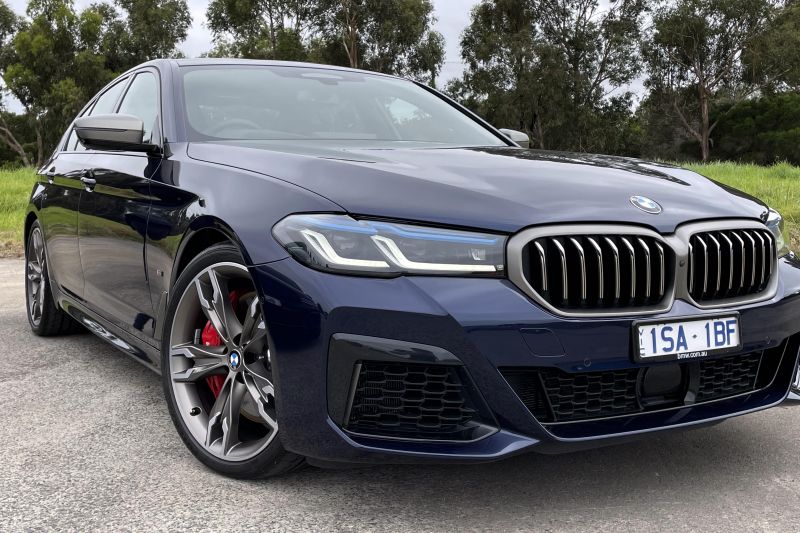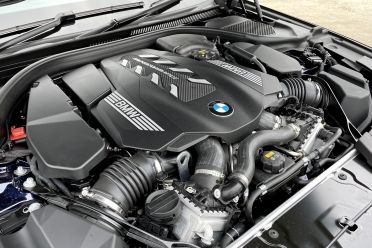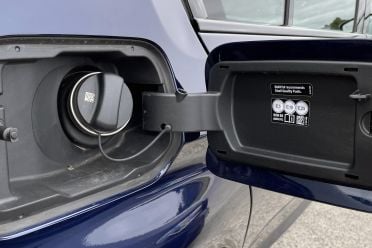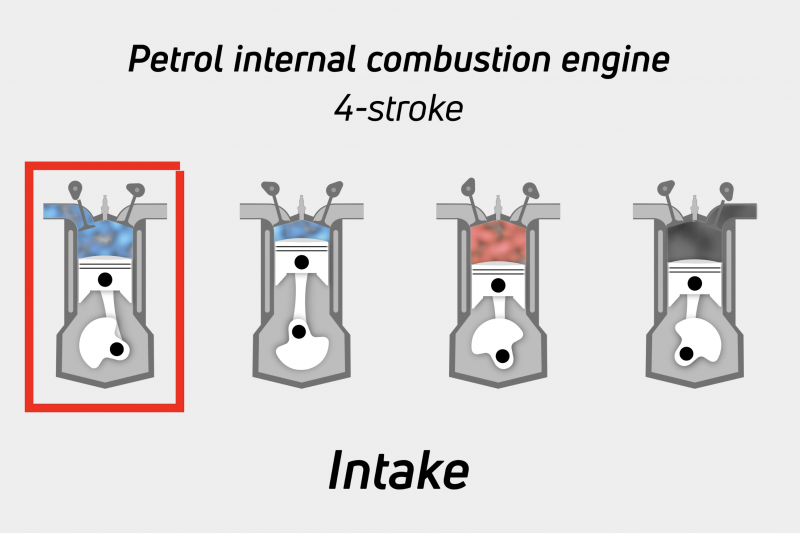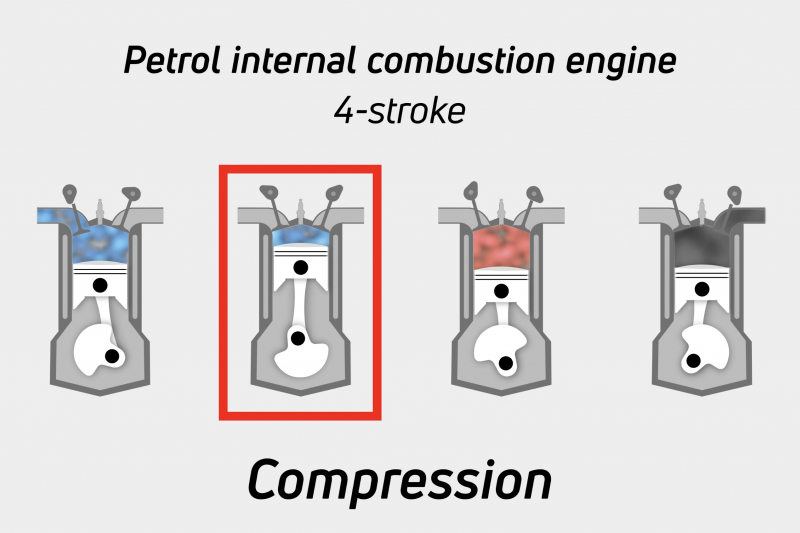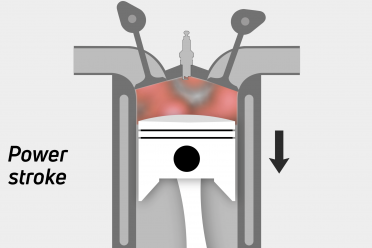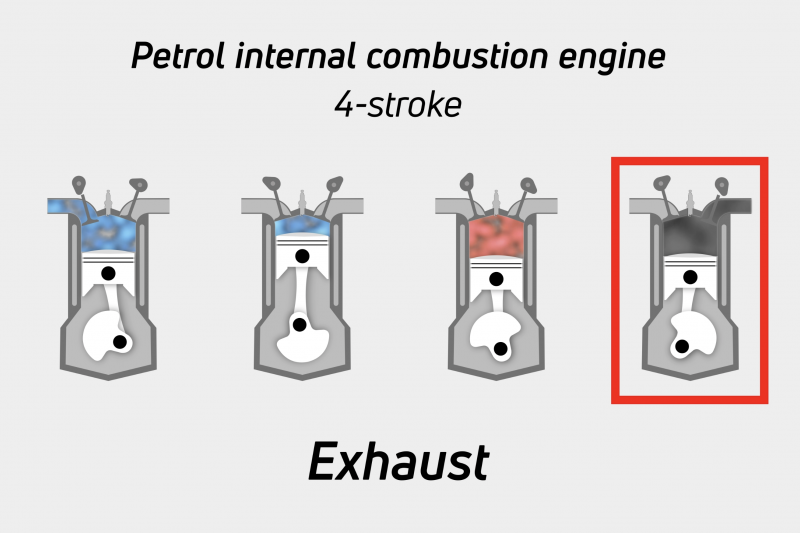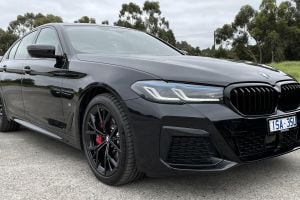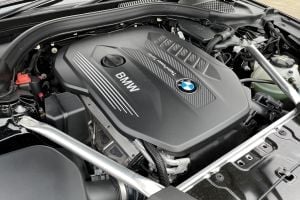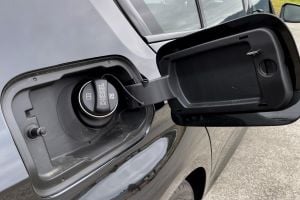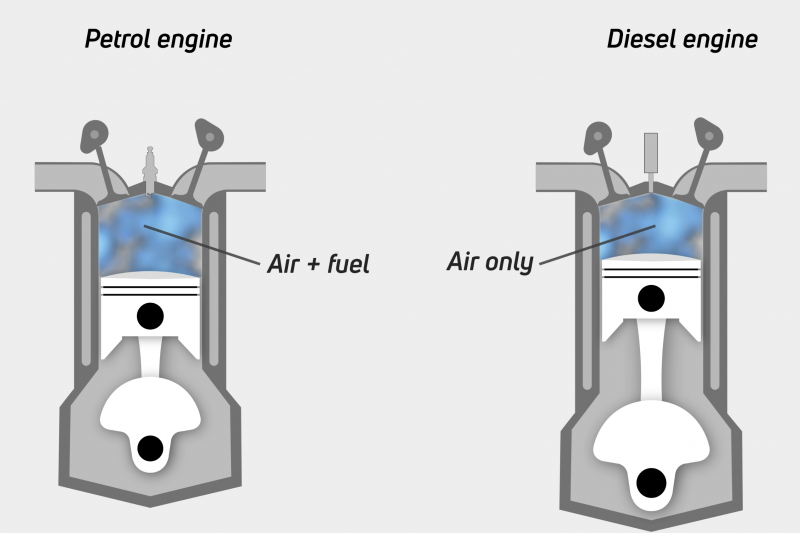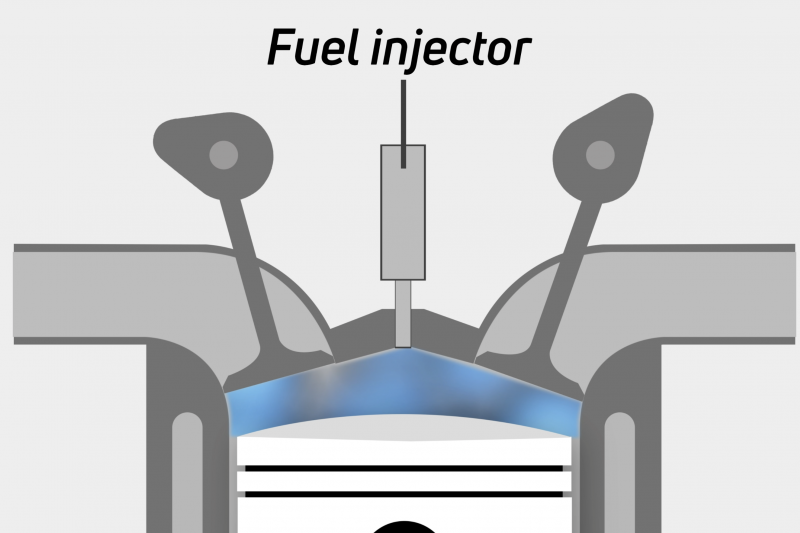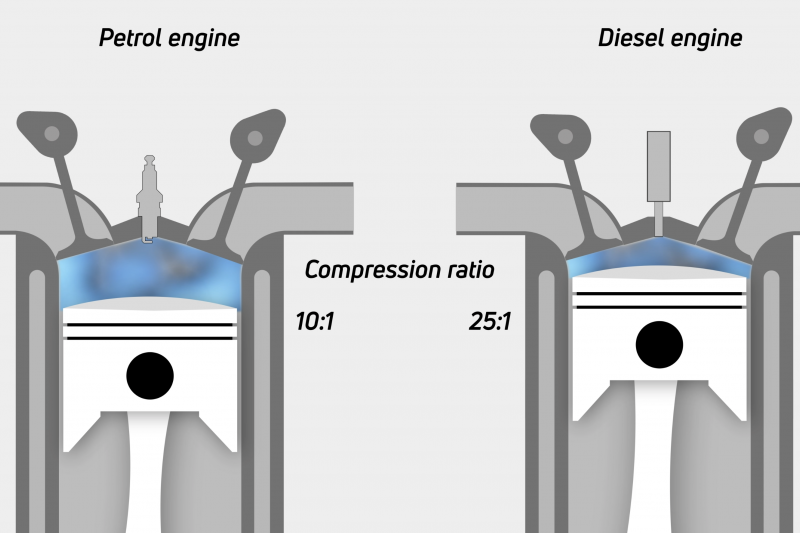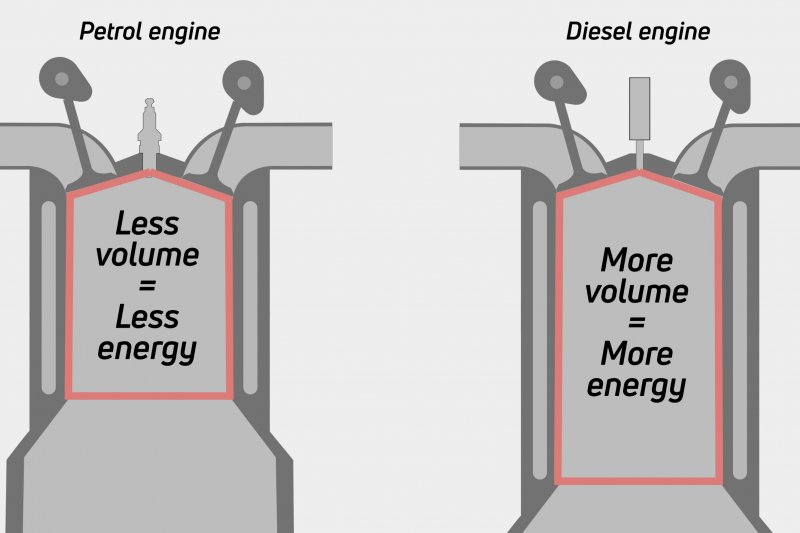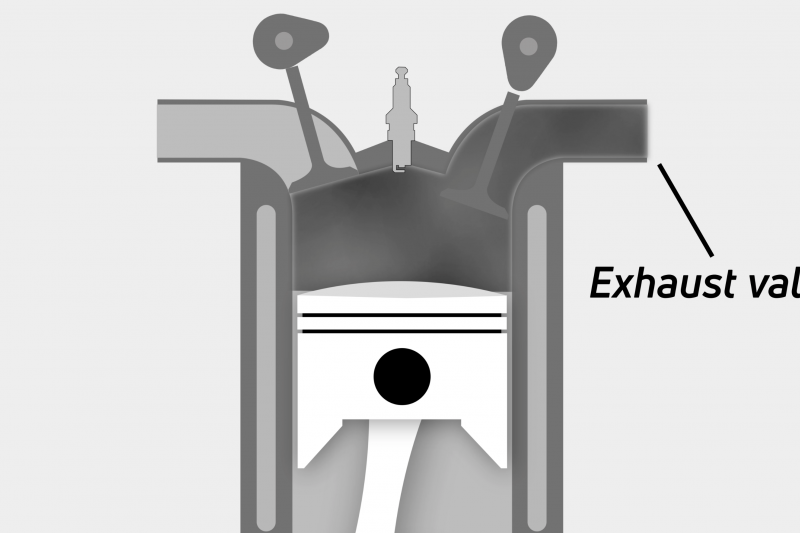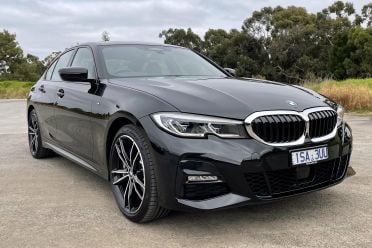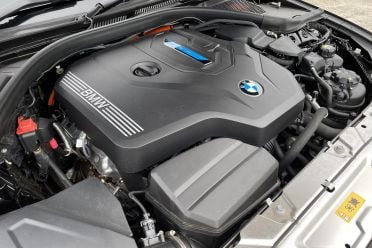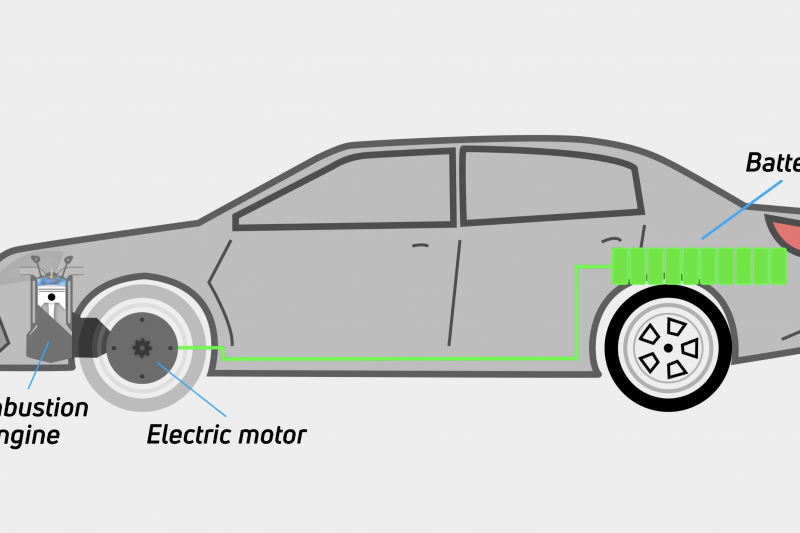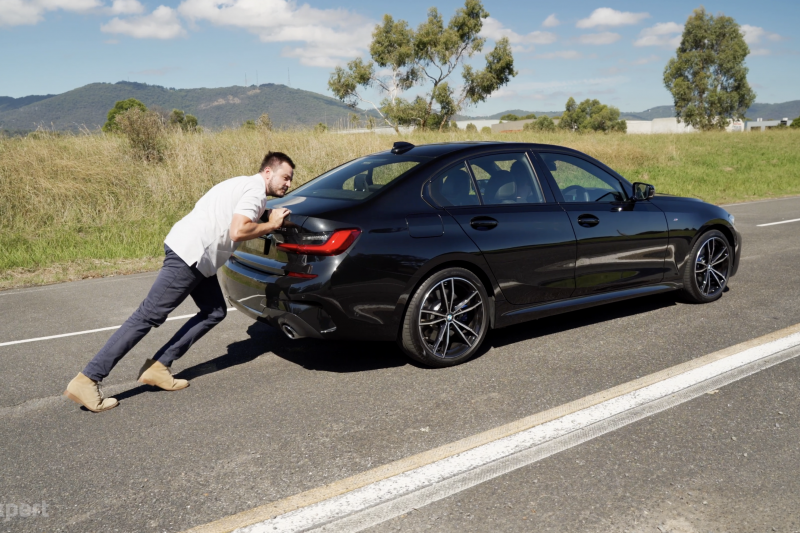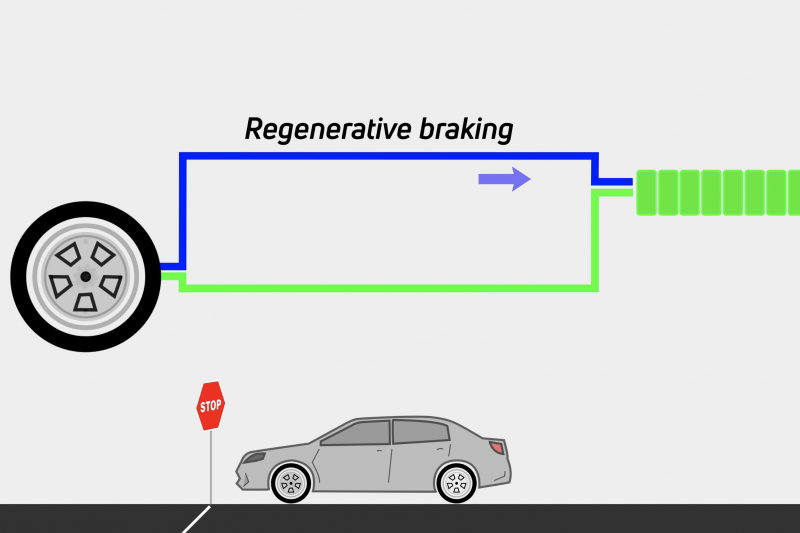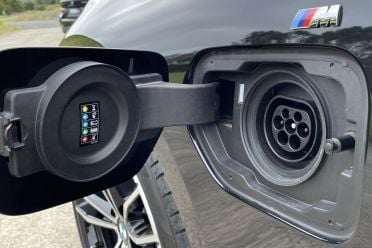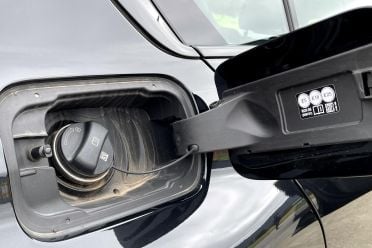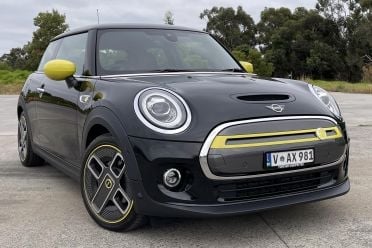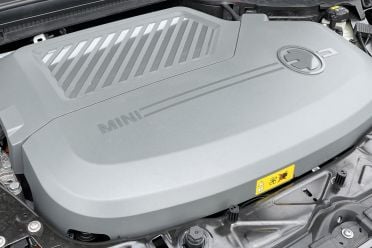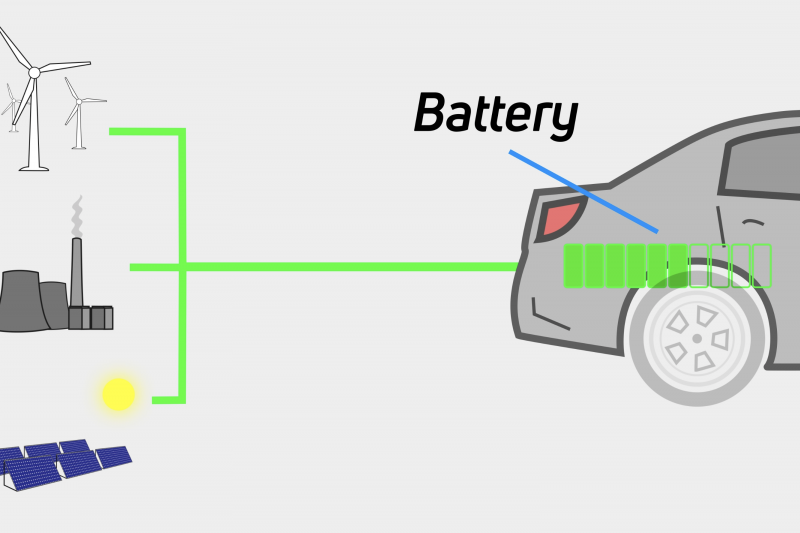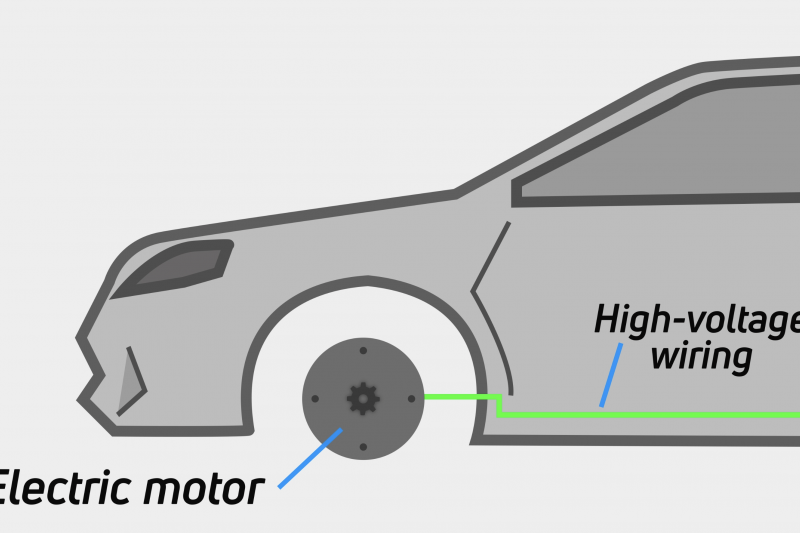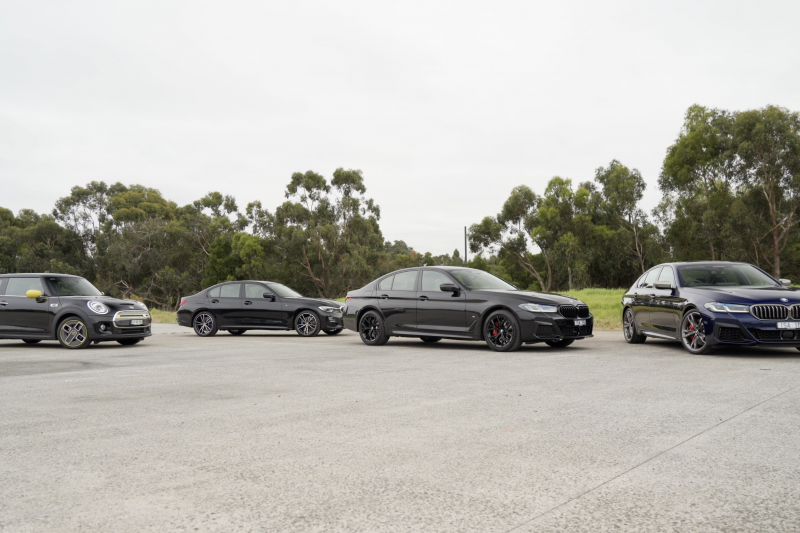Most cars use one of three propulsion technologies: they are either powered by an internal combustion engine, an electric drivetrain, or some form of petrol-electric hybrid.
Ok there’s also the hydrogen fuel-cell, but it’s not that common at the moment.
Within these three technologies there are also minute differences in terms of the way they are powered and how they operate. For the sake of simplicity, this article will stay super high-level and aim to explain the basics.
We shot a video comparing these technologies and running through the pros and cons of each. You can watch the video above, or have a read of the detailed explanation below.
To keep things simple, we used a single brand of vehicle for the video so that everything would be consistent.
How does a petrol engine work?
It’s one of the most common engine technologies and while the inherent principles are the same between petrol-fuelled internal combustion engines, there are some differences between each of them.
I’ll aim to run through the top-level operating principles and if you’d like to dive deeper, you can do your own research from here.
They’re called internal combustion engines because there’s literally a controlled explosion within the engine that creates propulsion. That controlled explosion occurs across four strokes within a cylinder, which is why they are typically called a four-stroke engine.
Within an engine block is a bank of cylinders. These cylinders contain a piston, which is attached to a rod, attached to a crankshaft, which is located at the bottom end.
The top end of the cylinder contains a set of valves that control the intake of air and fuel, along with the exhaust of the post-combustion mixture. Also located at the top of the cylinder is a spark plug, which ignites an air and fuel mixture within the cylinder.
There are a number of variations to this setup. Some engines will pre-mix air and fuel before it’s fed into a cylinder and some will directly inject fuel into the cylinder. There are also methods of increasing air flow into the cylinder by supercharging or turbocharging up stream of the intake valve, along with other methods of operating the combustion strokes.
Stroke 1: Intake
The first of the four strokes is the intake stroke. During the intake stroke, the intake valve (or valves) open and the cylinder is filled with an air and fuel mixture. The ratio of this mixture is set by the vehicle and aims to sit at an ideal mix for optimum efficiency.
This process involves the piston travelling to the bottom of its travel, acting like a syringe where it sucks the air and fuel mixture in.
Stroke 2: Compression
Next up is the compression stroke. This is where the piston travels back up the cylinder. It reaches a point near or at the top of its travel where the mixture of air and fuel is compressed to around a tenth of its original size.
The point of the compression stroke is to maximise the potential for energy from the explosion to be used to push the piston back down the cylinder.
Stroke 3: Power
This is where the magic happens. The compressed air and fuel mixture is ignited by the spark plug at or near the top of the compression stroke’s travel.
The energy from this explosion forces the piston back down the cylinder. This is the only stroke in the four stroke process that doesn’t consume energy.
This stroke generates torque about the crankshaft, which then follows a path through the engine’s flywheel then via the transmission and driveshaft.
Stroke 4: Exhaust
The final part of the process is the exhaust stroke. During this stroke the exhaust valve (or valves) open and the piston travels back up the cylinder.
This process removes the exhaust gases trapped in the cylinder following the explosion. Once this process is complete, the exhaust valves closes, the intake valve opens and the process begins again.
How does a diesel engine work?
Despite the difference in operating noise, a diesel engine operates in much the same way as a petrol engine. Both use internal combustion and both typically operate across a four stroke process.
The big differences with a diesel engine are the compression ratio, the method of fuel injection and the lack of a spark plug. We’ll run through the four-stroke diesel process below:
Stroke 1: Intake
Where a petrol engine sucks in an air and fuel mixture, or just air with fuel injected after the air intake, a diesel engine only inhales air during the intake process.
In much the same way as a petrol engine, an intake valve (or valves) are used to suck air into the combustion chamber. Once this process is complete, the intake valve closes.
Stroke 2: Compression
Again, much like a petrol engine, a diesel engine uses the second stroke to compress the contents of the cylinder. It compresses the air within the cylinder almost twice as much as a petrol engine.
Typically you will see a compression ratio of around 25:1 instead of 10:1 in a petrol engine.
Stroke 3: Power
The compression rate achieved in a diesel engine heats the air to a point where it will immediately combust when met with diesel.
It’s during the power stroke that diesel is injected directly into the combustion chamber just before the piston reaches the top of its travel.
Like a petrol engine, this explosion causes the piston to travel back down the cylinder to create torque about the crankshaft.
It’s worth noting that the higher compression ratio means less diesel is used during the combustion process. Diesels also typically use a longer stroke, which generates more torque, but means the maximum revolutions per minute is reduced.
Stroke 4: Exhaust
Much like a petrol engine, the exhaust stroke involves the opening of the exhaust valve (or valves) and the piston forcing exhaust gases back out the cylinder.
How does a hybrid engine work?
There are a number of different flavours of hybrid drivetrains. They all serve the same purpose though: increasing fuel efficiency and reducing emissions.
Common functions include the ability to recoup energy during deceleration to be stored in a small battery – energy that would otherwise be lost as heat in the braking system.
They can also work to provide an energy boost during hard acceleration or to replace the use of an internal combustion engine at low speeds.
Plug-in hybrids go one step further and integrate a larger battery to allow further driving on battery power and also allow the system to be charged using an external energy source.
Closed-circuit hybrids:
Typically closed-circuit hybrids use a petrol internal combustion engine that operates in a similar way to mentioned above.
In addition to the internal combustion engine, a hybrid will also include a small battery (typically around 1kWh in size) and an electric motor. The system is generally able to operate the vehicle at low speeds on battery power alone and can also sustain basic motion at faster speeds to allow the internal combustion engine to switch off.
What’s the benefit of operating at low speeds? Have you ever tried pushing a box on carpet? It takes a lot of effort (energy) to push the box initially. Once it’s moving, the box becomes easier to push.
It’s the same story with a car. They are heavy objects and the initial motion requires a huge amount of energy. The energy here is fuel and you need to burn fuel to move the vehicle.
If you eliminate that initial high energy fuel consumption and move the vehicle with electricity, the internal combustion engine can then take over once there’s momentum.
That energy comes free of charge effectively. Every time the vehicle slows down it’s able to charge the internal battery. That energy would otherwise have been lost as heat in the braking system, so you may as well store it and use it later.
Some hybrids also allow this power reserve within the battery to be used as a power boost under hard acceleration. These systems normally can’t be externally charged, which is why they’re called closed-circuit or self-charging hybrids.
Plug-in hybrid (open-circuit hybrid):
A plug-in hybrid (or PHEV for short) generally pairs with a petrol internal combustion engine and operates in much the same way as a closed-circuit hybrid.
The big difference comes with battery size (a PHEV normally uses a much larger battery) and also the ability to charge the vehicle using an external power source, be it a powerpoint, wall box, or public DC charger.
Unlike a closed-circuit hybrid, a PHEV can also drive longer distances without the internal combustion engine operating. Some PHEVs can drive between 50-100km on battery-electric power only, though most have modes that vary the role played by the engine.
The big downside to this arrangement is that when you are driving on electricity, you are lugging around an internal combustion engine and its components. When you’re driving using the internal combustion engine, you’re then lugging batteries and other electrical components around.
How does an EV work?
An electric vehicle is arguably the most simple type of vehicle on the market in terms of operation.
Simply speaking, it’s a vehicle that has a large battery. That battery is then used to power an electric motor that supplies a torque to a wheel (or wheels), which allows the vehicle to move.
Like a closed-circuit hybrid and a PHEV, energy can be recouped when decelerating. You can’t regain all of the energy you use to move the car, but you can use hills and slowing down for traffic lights to plumb energy back into the battery pack.
Also like a PHEV, you can charge an electric vehicle using an external power source. Normally full electric vehicles allow a much faster charge rate than a PHEV.
EV battery sizes vary depending on the vehicle and start from around 40kWh and go all the way up to 100kWh+ depending on the vehicle.
Let us know if you’d like more detail on how EVs charge, how long charging takes and the different types of plugs on the market.
What’s best for you?
It sounds like a bit of a cop out, but the engine technology you choose will depend entirely on your circumstances.
Petrol and diesel vehicles offer dependable and readily available fuelling, along with the ability to travel long distances without stopping.
A hybrid splits the difference by offering economy and the ability to travel long distances, while a PHEV splits the difference further with an ability to travel emissions-free for your daily commute.
An EV on the other hand will meet the needs of most Australians in terms of range (most Australians travel less than 50km a day), but may not suit everybody if off-street parking isn’t available.

